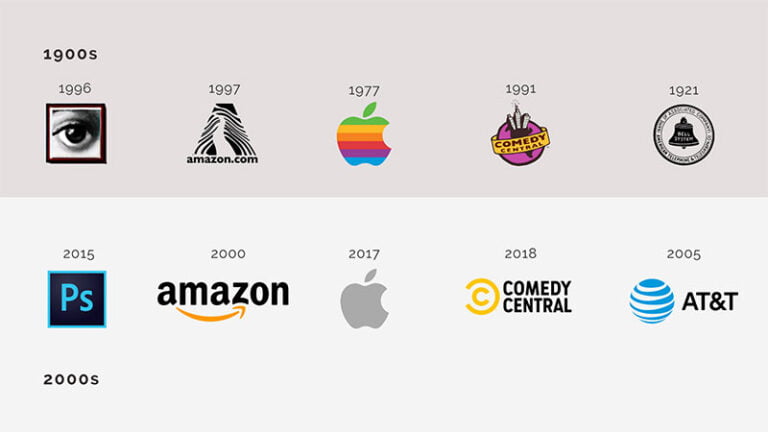A winning data strategy that creates value requires building a strong data foundation. Here’s a closer look at three key things leading companies get right when building an effective, successful approach to data.

The success of an organization relies on the intelligent use of customer data.
getty
Almost two-thirds of leading organizations believe that creating data-rich platforms is one of the best ways they can future-proof their business, according to research from McKinsey. Industry leaders understand data is more than a component of their business—it is the business.
But having data and using data effectively are two very different things. So, how can your organization develop practices and perspectives that will help you stay ahead in the game?
We have observed three common characteristics shared by data architectures at top companies that are successfully using data to generate deeper insights, discover opportunities, and make better, more timely decisions. Let’s take a closer look.
1. They embrace open platforms.
Table of Contents
It might seem that tightly integrated and closed IT environments create more value by delivering better control, but technology innovation now outstrips the pace of development.
Instead of flourishing from their legacy technology investments, many enterprises are now struggling to build the solutions they need. This is further complicated by the increasing pressure to extract all the data from various sources, both on-premises and in multiple clouds, and it will only become more complex.
IDC predicts that by 2022, over 90% of enterprises worldwide will rely on a mix of on-premises, legacy platforms, and public and private clouds to meet their infrastructure needs. (IDC, “IDC Expects 2021 to Be the Year of Multi-Cloud as Global COVID-19 Pandemic Reaffirms Critical Need for Business Agility”, Document #prMETA46165020, Mar 2020) And no matter your industry, the reality is that today’s technology landscape demands that organizations collaborate across multiple interfaces, technology stacks, and clouds. Whether you’re in manufacturing, retail, or healthcare, your partners will most likely be using different technologies and solutions from yours.
Enterprise technology stacks can no longer afford to remain closed. They need to be open and adaptable, and this goes far beyond just the technology you choose. An open approach should extend to an organization’s ability to operate with their partners’ business models.
For instance, online retailer Wayfair centralized all of their on-premises data in a cloud-based data platform that allows them to smoothly integrate open-source products. Wayfair’s data helps them continuously delight customers, providing richer experiences for their customers and helpful recommendations for ways suppliers can improve their own businesses. By choosing a platform with a powerful, but accessible, infrastructure, their data teams have more time to innovate rather than focusing on moving and managing data.
Being open in 2021 will mean embracing the idea of a hybrid or multi-cloud reality, one in which your services and data may be scattered across multiple clouds and vendors. And you’ll need to implement solutions that enable you to manage, process, analyze, and activate data—no matter where it is.
2. They integrate intelligence in familiar places.
As companies adopt more open approaches, most business leaders will find that it also accelerates the move toward becoming more intelligent as a business.
We see intelligence being implemented in two ways at leading organizations:
- Operational intelligence: Optimizing the operation of infrastructure through intelligent solutions, such as AI orchestration platforms, that use algorithms to increase operational efficiency and reliability.
- Innovation intelligence: Using AI-powered systems to improve customer experience and accelerate the creation of insights, such as personalized product recommendations or anomaly detection to prevent fraud.
But what is the best way to apply intelligence? In our experience, AI technologies are most useful when they are practically invisible to the people who are using them. The companies that have the most success embed AI into their preferred business applications and apply it to specific, meaningful use cases.
In other words, AI is most effective when you don’t even realize you’re using it, augmenting applications and processes that users already know and love. For instance, transnational utilities company Veolia uses a natural language interface for analytics that empowers business users to query company datasets by asking simple questions and get answers in a way that is easy for them to understand. Instead of having to request a report from the BI team and waiting weeks, this self-service model allows people to get answers to their questions right in the context of their business workflows.
When looking to use intelligence successfully, companies should opt for modern applications that aim to democratize access for as many people as possible across an organization.
When looking to use intelligence successfully, companies should opt for modern applications that aim to democratize access for as many people as possible across an organization. The more people that can use and benefit from intelligent capabilities in applications, the faster your company will be able to leverage AI in a way that yields insights that have a real impact on innovation.
3. They never compromise on flexibility.
As you are building an open and intelligent data architecture, it’s common to encounter friction. Pricing models may be rigid or incompatible with other solutions that you need to combine. Other times, you might discover that successful pilots fail to perform well when handling real-world workloads. In other cases, solutions that work well for batches may not work for real-time data streaming needs.
As a result, building a successful enterprise data architecture won’t rely on a single vendor anymore. In fact, Gartner’s “Predicts 2021: Analytics, BI and Data Science Solutions — Pervasive, Democratized and Composable” study estimates that by 2023, 60% of organizations will combine components from three or more analytics solutions to build business applications that connect insights to actions. (Austin Kronz, et al., 5 January 2021.)
When it comes to pricing, scale, and versatility, don’t compromise. The key here is building a well-coordinated ecosystem that is both technologically open and offers you a choice of business models and deployment options.
Stream this next: Watch our Data Cloud Summit on-demand to learn how industry leaders are turning data into value.
Preparing for the future
There is no blueprint for success when it comes to finding what works best for your organization. Every company will have unique use cases and workloads that may require different solutions, and they will continue to transform and evolve over time.
That’s where focusing on open, intelligent, and flexible solutions can make a big difference to your future success. You’ll need to study your use cases and solutions carefully, focusing on the best ways to enable and empower data users and realistically evaluating core capabilities to maximize their effectiveness.
Related: See how Google Cloud’s products and solutions can solve retail’s most pressing ML challenges by attending our Applied ML Summit.







